In the golden days of late autumn, we sometimes forget that winter is just around the corner. But to fully take advantage of the promise of spring, we need to prepare our gardens. So, before the soil becomes winter-hard, it’s time to start winterizing your garden!
Out With the Old
One of the more depressing jobs of winterizing your garden is cleaning out the “dead” garden. But instead of viewing this as your garden’s post-mortem, say a word of thanks for the plants’ hard work and continue their contribution as life-giving compost. Just be sure plants destined for the compost pile are disease-free.
You can begin removing vegetable plants as soon as they stop producing, or wait until they turn brown. When removing any spent plants or weeds, be sure to pull them out by the roots. Roots left in the ground provide an ideal overwintering shelter for pesky bugs.
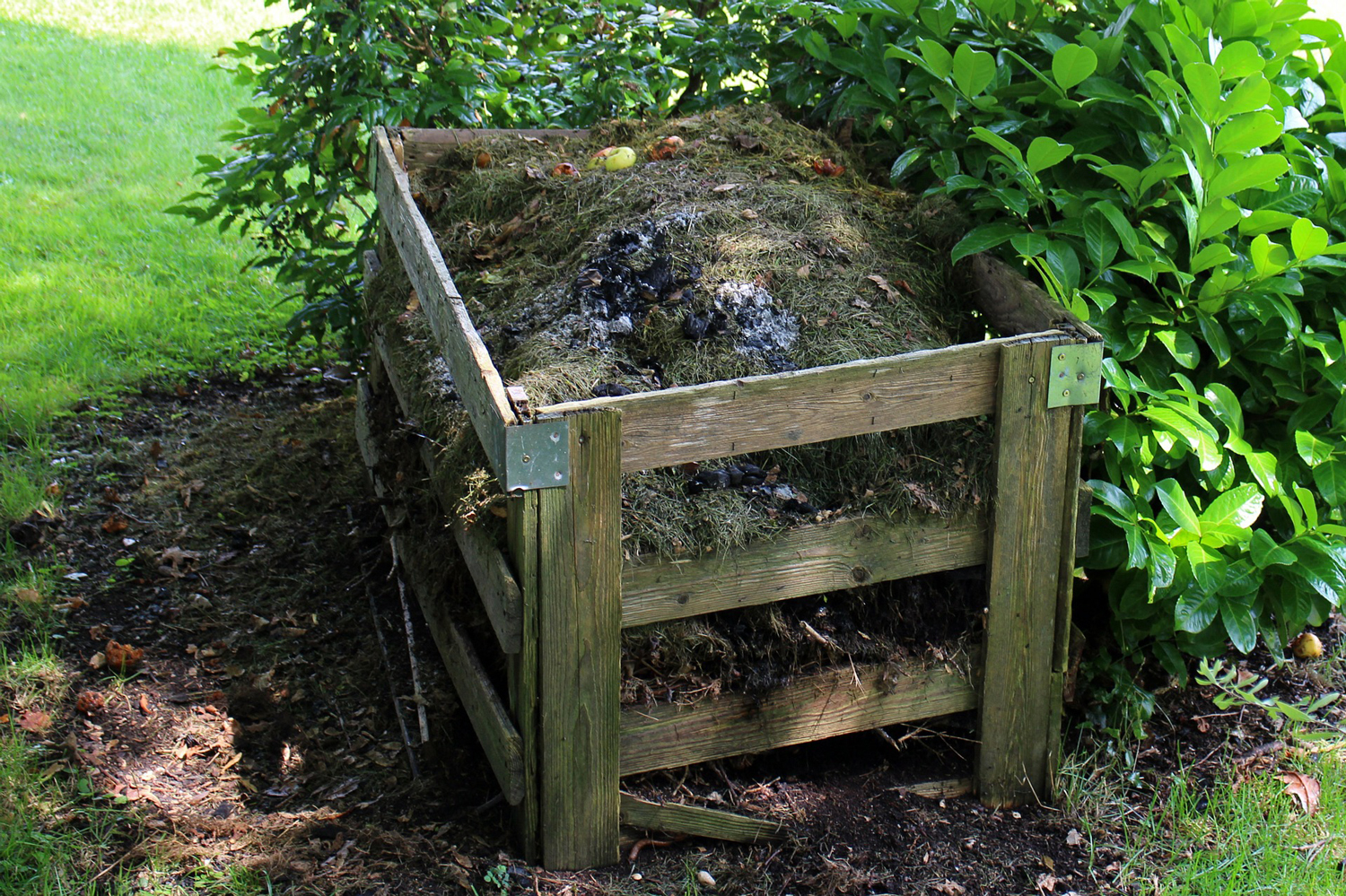
In With the New
If you have at least four weeks before your earliest expected frost date, you can plant new perennials, shrubs, and trees. Fall weather usually provides moderate temperatures and adequate moisture to give such plants a good start for spring. If planting potted perennials and shrubs, remember to closely monitor moisture level. Note: Trees with burlap root balls need to be in the ground six to eight weeks before the first expected frost date.
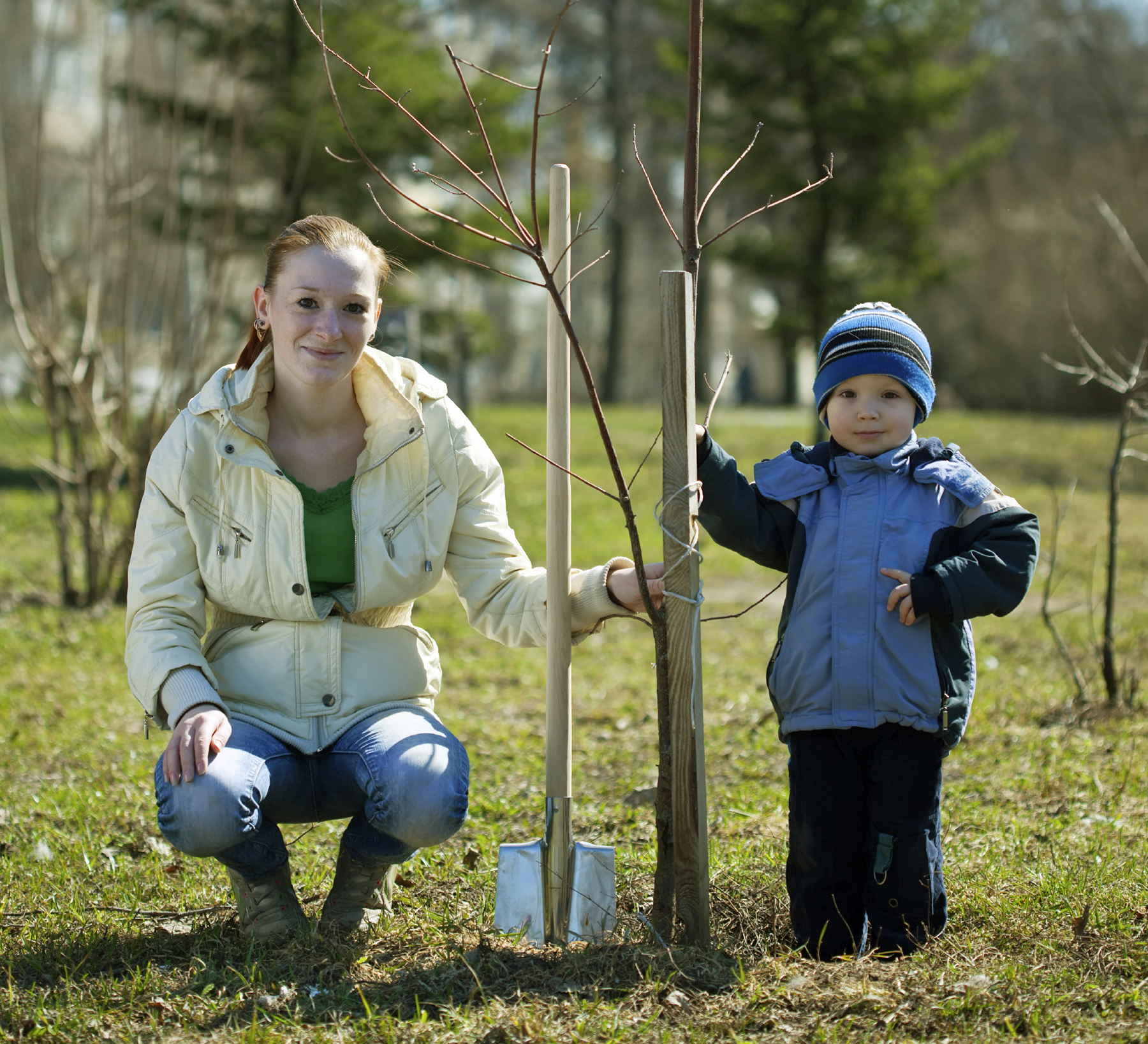
Keep Them Cozy
Mulching your perennials, shrubs and newly planted trees will help protect them from frigid winds. A good layer of mulch will insulate roots and aid in maintaining moisture during potentially dry winter months. For spring-bearing plants such as strawberries, mulching prevents “heaving,” which occurs as the soil goes through repeating cycles of warming and freezing.
With the prospect of severe winter weather, it is good to have your plant protection at the ready. Here is a list of handy items you’ll want to store, well before that first killing frost:
-Plant covers
-Old sheets
–Plastic sheeting
-Mulch
-Old newspapers
-Plant ties
-Plastic milk jugs (They’ll stack in the off season, with the bottoms cut off.)
-Straw or hay bales

Winterizing Your Garden: Other Chores to Save Time & Money
When you’ve completed all your garden work, clean your garden tools, then store them in a dry place. Wash them thoroughly, and allow them to dry completely before preserving their finish with a coating of oil. Any light machine oil such as WD-40 will work well. Some gardeners use a mixture of mineral oil and sand in a large bucket to store their tools. If your tools are too far gone to last another season, shopping for them in the off-season may ensure bargains and good availability.
Before the first expected hard frost, disconnect, empty, and store water hoses. Making sure to drain the hoses entirely, roll them loosely, and hang or store in a protected area. Note: if the hose is still connected and has frozen water in it, do not make the mistake of turning it on to ‘push’ the ice out. The likely result will be the water not having anywhere to go but back into your house by way of the stressed, and now broken, pipe. A good, inexpensive investment is to purchase faucet covers for your outdoor spigots.
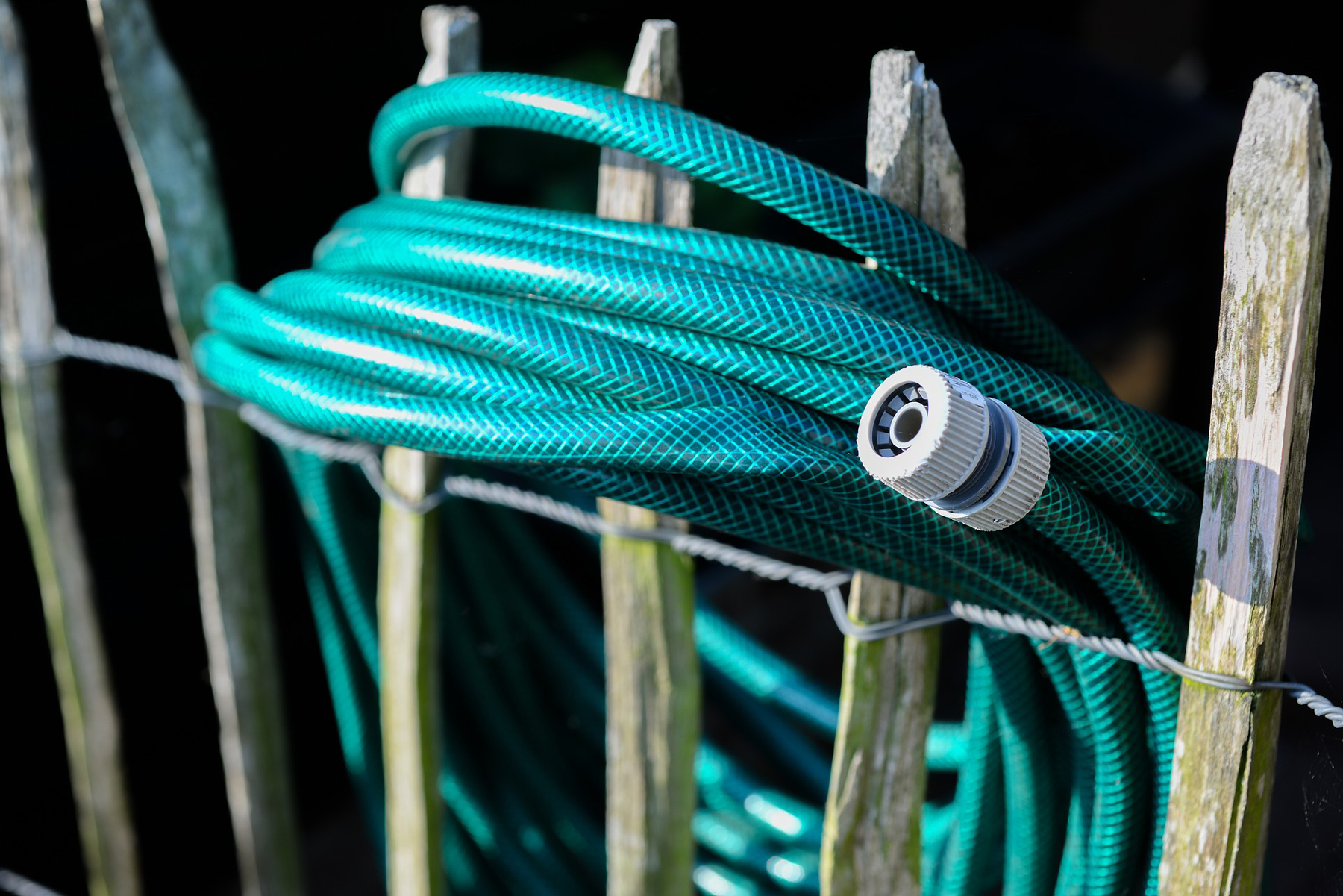
Turn your compost one last time and add moisture if it is dry. Compost will continue to decompose over the winter, though much more slowly. Covering it with dark plastic will help retain heat through the cold months, helping it decompose faster, and giving a jump-start for spring.
Relax!
Once you’ve put in the time and effort to protect your soil, plants, and tools, rest assured you’ve done your best to nurture your garden through the winter. Now it’s time to relax and keep yourself as cozy as you’ve made your garden!

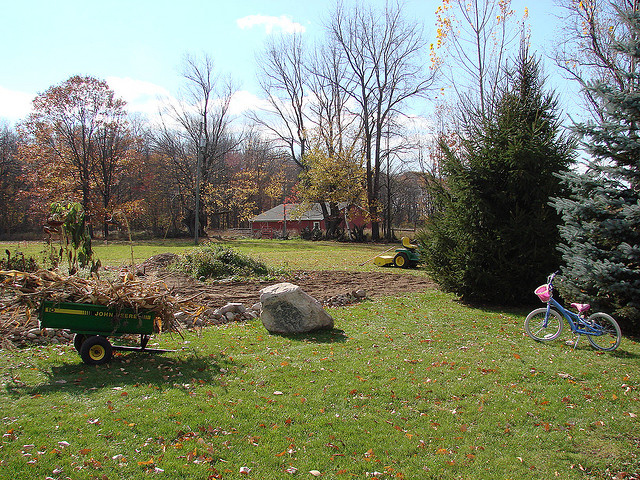
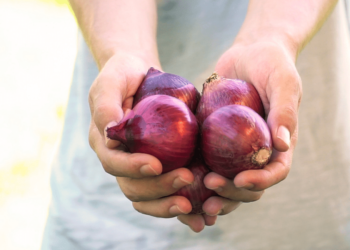

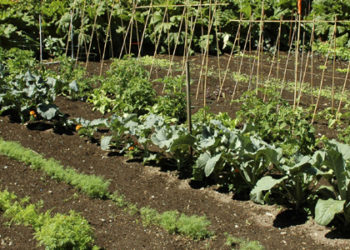
No Comments